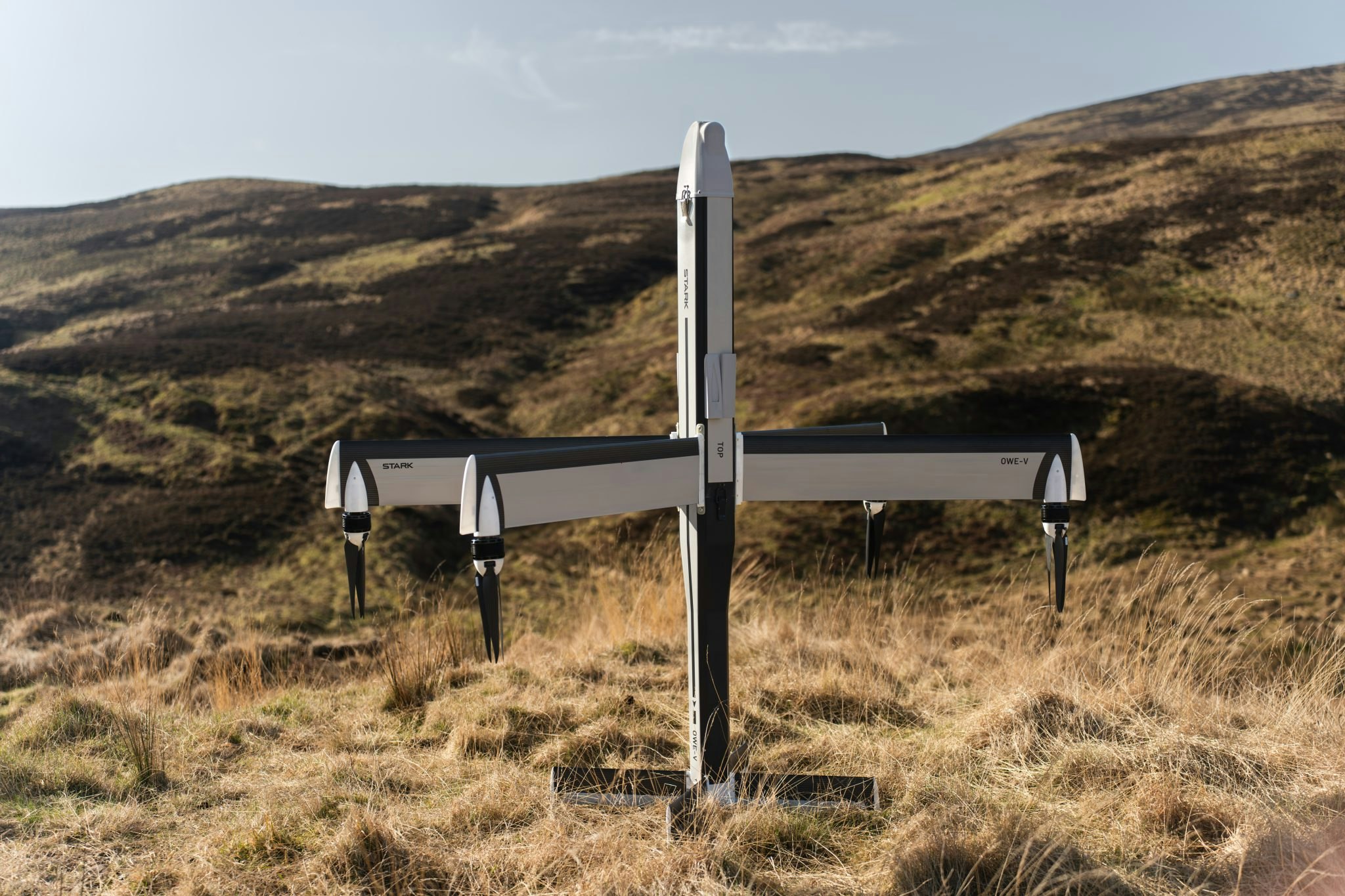Founders who don’t want to depend on outside capital from VCs or angels can build their startup by relying on their own savings and revenue — what’s known as bootstrapping. And with the slowing pace of VC investments, it’s an option that can unlock freedom while minimising dilution during a tough funding landscape.
But it’s not all plain sailing — as I’ve found during nearly two decades of bootstrapping several companies. Here are the biggest mistakes I’ve made, and what you can learn from them.
1/ Losing touch with the end users
I founded my first company Panoramio in 2005 and sold it to Google in 2007, bootstrapping all the way. It was the first Spanish company Google ever bought, so its exit was a success. But by 2016 it had been discontinued.
The lesson: never lose touch with your end users. Panoramio allowed users to upload photos (later videos), tag their geolocation and share them with other community members. Looking back I made the biggest mistake at the beginning: making people feel their city is fantastic, rather than themselves.
We put the focus of the whole product on the place where you took the photo, instead of who took the photo. Products should be built in a way that improves users, not their surroundings. Instagram proved the perfect example of this when it launched in 2010.
Ultimately, don’t fantasise about what could happen. It’s easy to be misled by appearances and competitors’ valuations, but bootstrapped founders who focus on creating a quality product will set themselves up for long-term success. Once a startup or scaleup is growing and profitable, it’s easier to sell or raise external funding, should you wish to go down that road.
2/ Not prioritising passion
A few years after selling Panoramio I joined press release repository PressPeople as CTO, which was the project of a friend who’d worked as a journalist. It was also the same year I founded my second company, image bank Freepik, of which I’m still the CEO today.
PressPeople made strong business sense, but I wasn’t particularly passionate about the subject matter. For me, it was more of a side project.
The lesson here is that I went against my own advice, of being comfortable burning your ships when jumping head-first into a new venture. In 1519, the Spanish conquistador Hernán Cortés set sail to the New World with 600 men, and destroyed his ships on arrival. Leaving the ships in the harbour would have suggested a lack of commitment to this bold new venture. Instead, the message was clear: there’s no turning back.
If you’re not fully committed, why should anyone else be? As a leader, you have to jump in completely.
When bootstrapping, there’s no room for half-measures. Choose your cofounders and C-suite wisely, and only build a business that everyone is super passionate about. Burn your ships and don’t look back.
3/ Being just one more in a crowd
As I’ve learnt the hard way, nobody likes more of the same. At Freepik, we launched Tutpad, a learning platform to ease the onboarding of new designers. It was similar to other players in the space like Crehana and Domestika. I had to shut it down when, after 18 months of activity, its traffic was flat. It remains the only project created inside Freepik that has not proven successful.
In hindsight, this happened because it wasn’t offering anything different to what already existed in the market. Our competition was attracting users well through marketing campaigns and we decided to compete in the same way. For bootstrapping success, you need to create something that people want. This doesn’t just mean plugging gaps left by competitors; if people can have something already but choose not to, it’s not fulfilling their need.
Arguably, the same logic should apply to all companies — but there's nowhere to hide when bootstrapped. Conversely, large injections of outside capital can mask areas of your business that aren’t working, or are dead ends — it can prevent you from seeing the wood for the trees. It is essential to check every area inside a business regularly and, eventually, make decisions to ensure each unit remains healthy.
4/ Scaling too early
Tutpad was a prime example of another error: scaling up before a business is ready. It was a learning-based product not widely used in either English or Spanish — but we were trying to grow fast.
Instead of picking one language to focus on, we hired four translators to translate Spanish course content into English, Italian, Portuguese and French. It was too much, too soon. We tried everything at once and mastered nothing.
Despite what VCs might say, the goal isn’t to scale up quickly; it’s to have a brilliant product first and then scale it up. That means taking everything step-by-step, carefully and deliberately — which didn’t happen with Tutpad.
5/ Inconsistent company culture
This also stemmed from my failure at the time to create a consistent company culture. Culture encompasses communication, leadership, ethics and values. In lieu of regular check-ins, the Tutpad team created their own culture, different to the rest of Freepik. This resulted in a disconnected workforce and misguided decisions.
It doesn’t matter how thorough the initial onboarding process is. New hires can’t be expected to know how a company works without ongoing efforts at integration. Maintaining regular communication with employees is key. They shouldn’t feel siloed because they work in different countries or teams.
Again, while important for all startups and scaleups, this is particularly pressing for bootstrapped businesses trying to stand out from the crowd of venture-backed firms (and their accompanying investors), with whom they’re competing for talent. Company culture should be standardised and transcend borders. Implemented wisely, it can be a winning USP.
Joaquin Cuenca Abela is the CEO & cofounder of Freepik.



